-
 Charles Michel L’Epeé was the founder of the first public school that opened in 1760. Charles was concerned for those with a disability that they would be taught differently from other children who didn't have a disability. The school was then renamed “Institution Nationale des Jeunes Aveugles” in 1784 and still stands today.
Charles Michel L’Epeé was the founder of the first public school that opened in 1760. Charles was concerned for those with a disability that they would be taught differently from other children who didn't have a disability. The school was then renamed “Institution Nationale des Jeunes Aveugles” in 1784 and still stands today. -
 Back then, there were no laws that protected children with disabilities before the 1950s. Public schools were one that did not accept children with disabilities. Those with a disability that struggled academically eventually dropped out of school due to insufficient resources.
Back then, there were no laws that protected children with disabilities before the 1950s. Public schools were one that did not accept children with disabilities. Those with a disability that struggled academically eventually dropped out of school due to insufficient resources. -
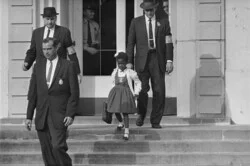 In the 1954 case of Brown v. Board of Education, school segregation was ruled to be unconstitutional and was eliminated. Legislation argued to support free public education to all children, including those with a disability. In the end, those with a disability was separated into a different classroom.
In the 1954 case of Brown v. Board of Education, school segregation was ruled to be unconstitutional and was eliminated. Legislation argued to support free public education to all children, including those with a disability. In the end, those with a disability was separated into a different classroom.
History of Inclusion -
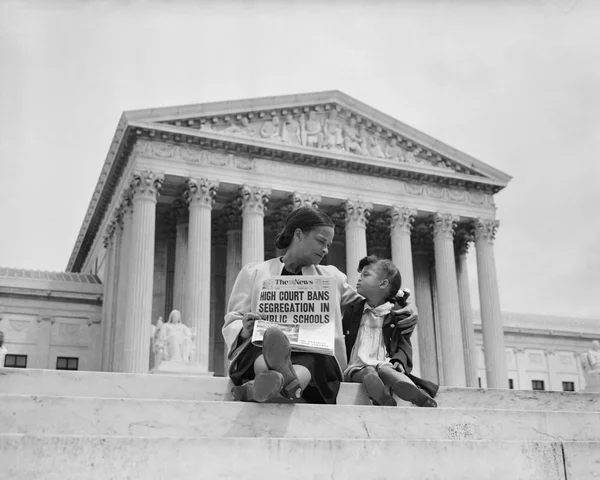 The case of Brown v. Board of Education established that racial segregation in schools was illegal. Racial segregation of students in public schools was argued to violate the Equal Protection Clause of the Fourteenth Amendment, according to the argument that "separate is not equal." It ended officially sanctioned racial segregation in American schools by overturning the "separate but equal."Youtube Brown v. Board of Education Explained
The case of Brown v. Board of Education established that racial segregation in schools was illegal. Racial segregation of students in public schools was argued to violate the Equal Protection Clause of the Fourteenth Amendment, according to the argument that "separate is not equal." It ended officially sanctioned racial segregation in American schools by overturning the "separate but equal."Youtube Brown v. Board of Education Explained -
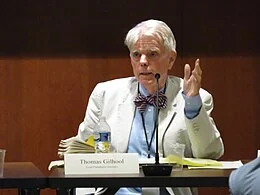 A lawsuit was filed to overturn a Pennsylvania state legislation that allowed public schools to deny services to children who were not 5 years old by first grade. It was then settled early 1972. The case was the first right-to-education lawsuit in the country and laid the foundation for all disabled children to have the right to an education. Disability Justice Dan Stewart Discusses Education Rights for Students with Disabilities
A lawsuit was filed to overturn a Pennsylvania state legislation that allowed public schools to deny services to children who were not 5 years old by first grade. It was then settled early 1972. The case was the first right-to-education lawsuit in the country and laid the foundation for all disabled children to have the right to an education. Disability Justice Dan Stewart Discusses Education Rights for Students with Disabilities -
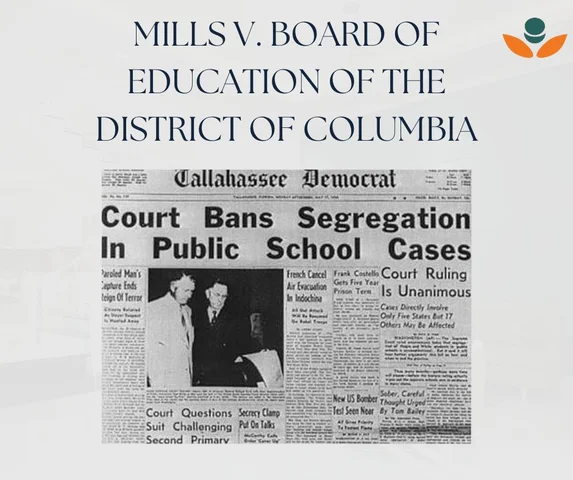 Mills made the P.A.R.C. case have a bigger impact. Seven school-age children started the Mills class action case in 1972. These children could not attend a public educational program for a long time. They could not attend because of alleged deficiencies. The plaintiffs wanted an injunction. They said that their fundamental right to due process was broken.
Mills made the P.A.R.C. case have a bigger impact. Seven school-age children started the Mills class action case in 1972. These children could not attend a public educational program for a long time. They could not attend because of alleged deficiencies. The plaintiffs wanted an injunction. They said that their fundamental right to due process was broken. -
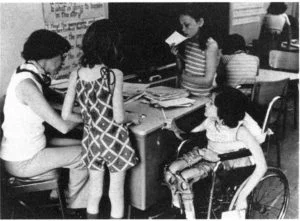 The U.S. Congress passed the Education for All Handicapped Children Act in 1975. This law helps children with disabilities get education. The law covered children ages 3 to 19 in 1978. Then it covered ages 3 to 21 in 1980. The law focused on finding out each child's needs. It aimed to provide a personalized education program for each child. Parents took part in the decision-making process.Document of the Education for All Handicapped Children Act of 1975
The U.S. Congress passed the Education for All Handicapped Children Act in 1975. This law helps children with disabilities get education. The law covered children ages 3 to 19 in 1978. Then it covered ages 3 to 21 in 1980. The law focused on finding out each child's needs. It aimed to provide a personalized education program for each child. Parents took part in the decision-making process.Document of the Education for All Handicapped Children Act of 1975 -
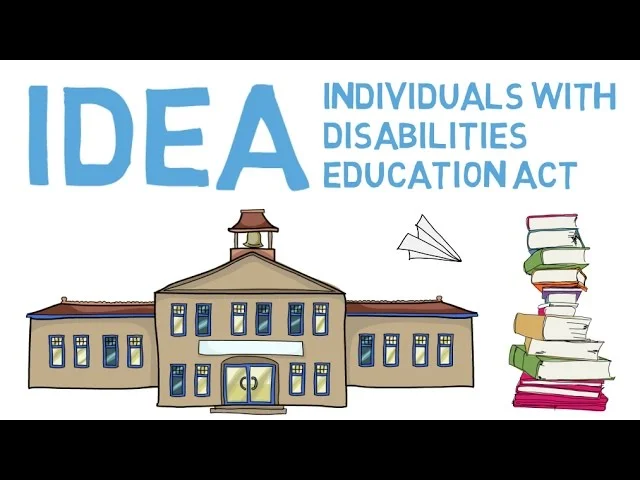 A law helps children with disabilities. This law makes sure they can have a free education. Children also get special education and more help. Families can get help for babies and toddlers. This help is for children from birth to age two. These children are eligible for early programs. Children and teens from ages 3 to 21 can also get special education. They can receive related services under the law.
A law helps children with disabilities. This law makes sure they can have a free education. Children also get special education and more help. Families can get help for babies and toddlers. This help is for children from birth to age two. These children are eligible for early programs. Children and teens from ages 3 to 21 can also get special education. They can receive related services under the law.
U.S. Department of Education IDEA -
 This law was known for being a free and appropriate public education (FAPE). The court ruled P.L. 94-142 that requires all states to provide sufficient support for students who have a disability to benefit public education. Rowley was a deaf 5th grade student that used hearing aids to be able to hear the teachers instruction throughout the class time.
This law was known for being a free and appropriate public education (FAPE). The court ruled P.L. 94-142 that requires all states to provide sufficient support for students who have a disability to benefit public education. Rowley was a deaf 5th grade student that used hearing aids to be able to hear the teachers instruction throughout the class time.
(Teaching Students Who are Exceptional, Diverse, and At Risk in the General Educational Classroom Textbook) pg. 5 -
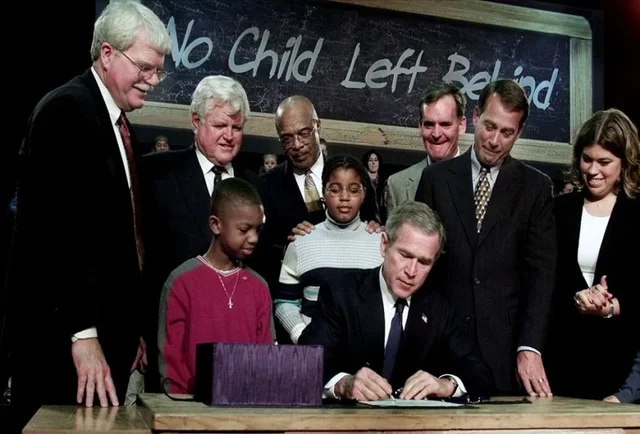 President George W. Bush signed the NCLB Act in 2002. This law made sure that schools and states improved the performance of specific student groups, including minority and poverty children, students in special education, and english-language learners. States were not demanded to comply, but if they didn't, they may lose Title 1 funds.
President George W. Bush signed the NCLB Act in 2002. This law made sure that schools and states improved the performance of specific student groups, including minority and poverty children, students in special education, and english-language learners. States were not demanded to comply, but if they didn't, they may lose Title 1 funds.